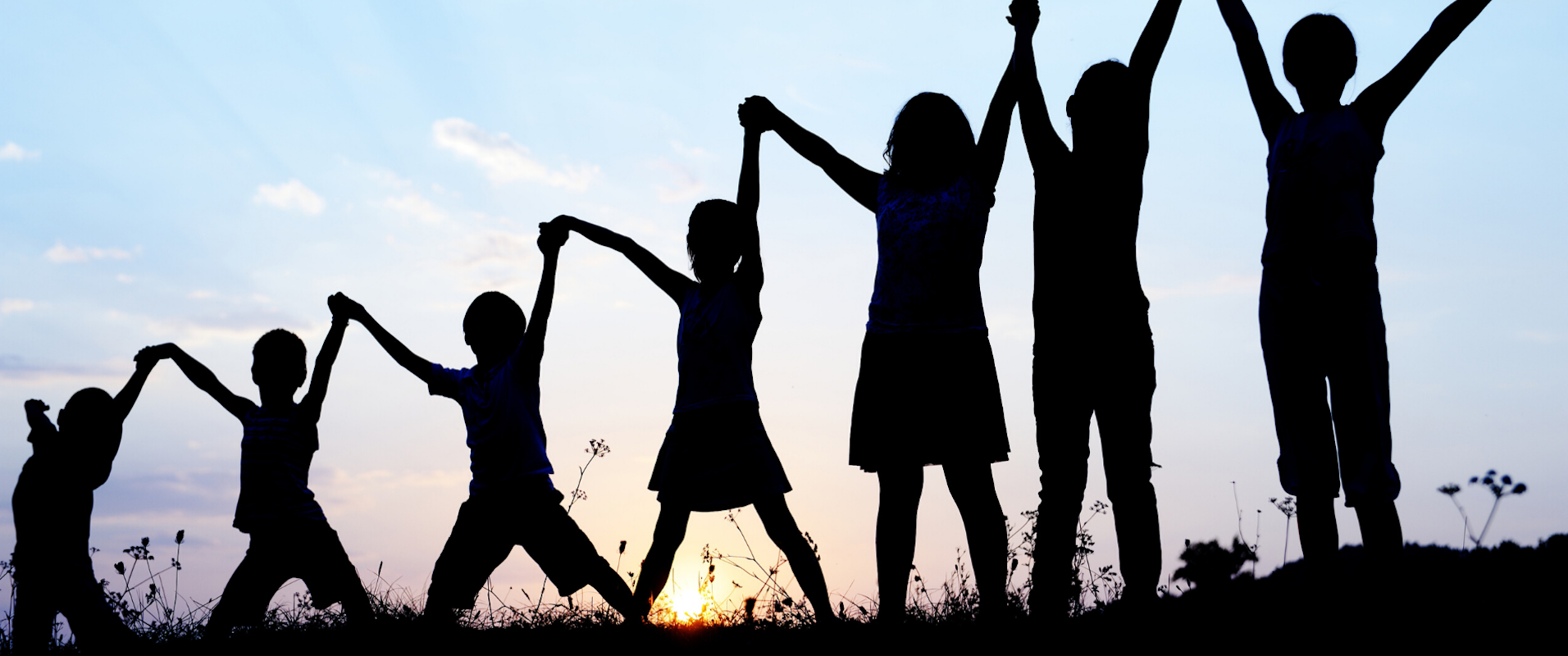Children say they were confused by the warning signs and did not expect such big waves when Typhoon Haiyan lashed the Philippines three months ago, according to a new report by Save the Children.
The report finds that children want to be better prepared before the next emergency and better informed after it.
“See me, ask me, hear me: children’s recommendations for recovery three months after Typhoon Haiyan,” urges all levels of government in the Philippines, aid agencies and local communities to include detailed recommendations it has canvassed from Filippino children in future disaster planning.
Save the Children staff, together with other NGOs, consulted 174 children and young people affected by the typhoon, which killed more than 6,000 people and left another 500,000 homeless, listening to their experiences and detailing their concerns in its new report.
“The children overwhelmingly told us that they want to play a role in planning for emergencies, and that they need to be better prepared for the next disaster,” said Paul Ronalds, Save the Children CEO in Tacloban City, Philippines.
“Older children told us that they want to take classes that teach life skills like how to build shelters, the science of the environment and fishing. They want more friendly spaces for children to share feelings and put their minds at ease. They want adults and the authorities to talk to them about exactly what is going on when a disaster strikes.”
One girl, 15-year-old Sofia from Estancia, told a Save the Children aid worker, “We need help to rebuild and to rise from this disaster. We need education so that we are ready for when disasters come to our country. We don’t just want money and gifts. We need you to help us stand again on our own feet.”
“Now is the time when decisions are being made about how we respond to disasters in the Philippines in the future, and these decisions will affect children,” Mr Ronalds said.
“The recovery process is not just about providing vital aid to affected communities, but ensuring that we build back better, and the input of children is critical to this.”
Building back better means ensuring that communities affected by Typhoon Haiyan are better prepared for the next disaster. It’s about investing in community-led early warning systems like school alerts, text messages and systematic door-to-door warnings, as well as addressing the underlying poverty and inequality, which makes people more vulnerable during emergencies.
See me, ask me, hear me recommends that the Government of the Philippines, in collaboration with aid agencies:
Develop child-friendly early warning language that describes ‘surge’, ‘gusts’ and ‘magnitude’ as well as other meteorological terminology in a way that children can understand, envisage and respond to.
Address child-friendly design of evacuation centres, and ensure that all children but especially girls’ right to privacy is upheld.
Implement strategies to ensure that 100 percent of school-aged children in affected areas are able to get back to learning as soon as possible.
Ensure greater investment in social services, not just infrastructure in the recovery phase following Typhoon Haiyan.






